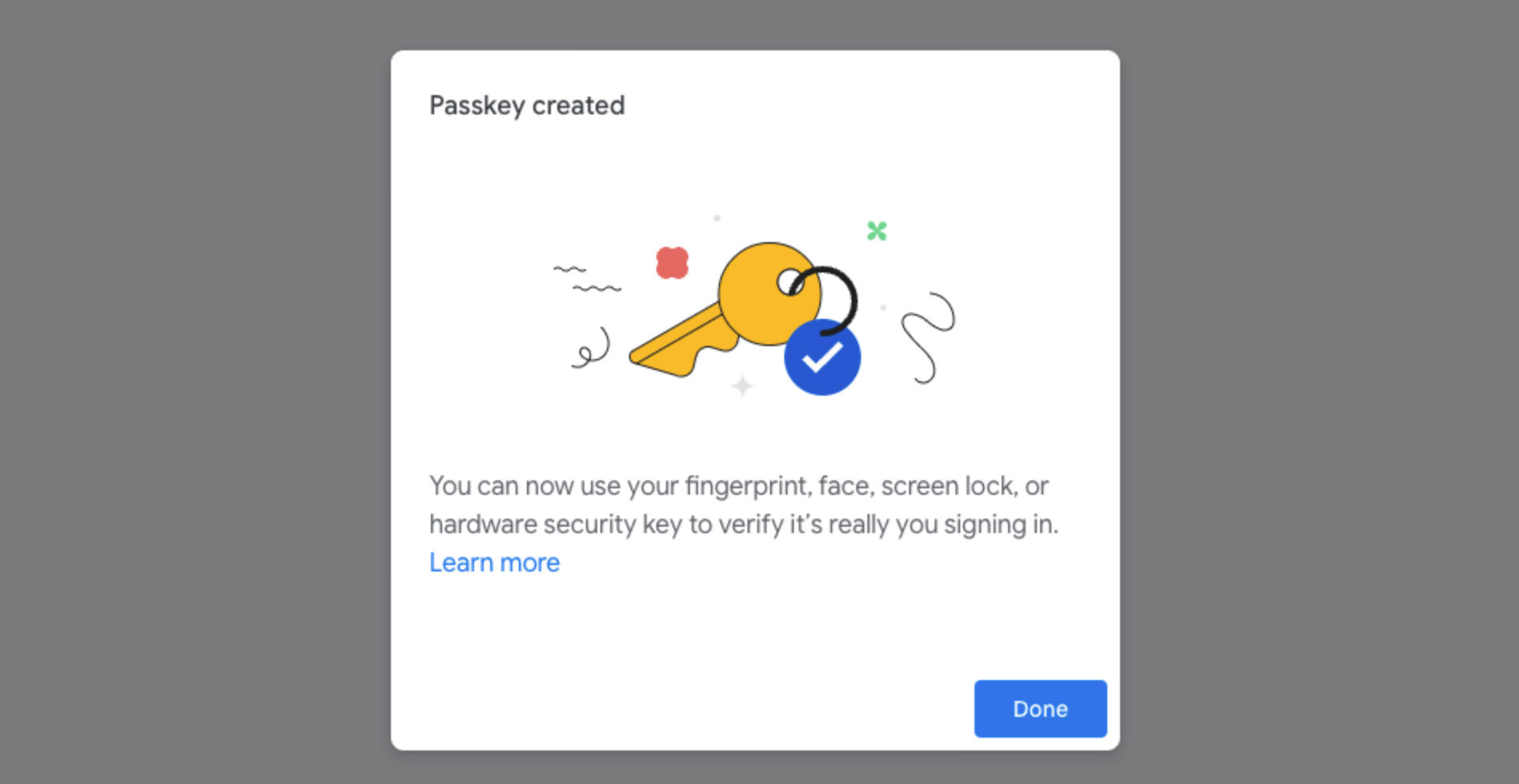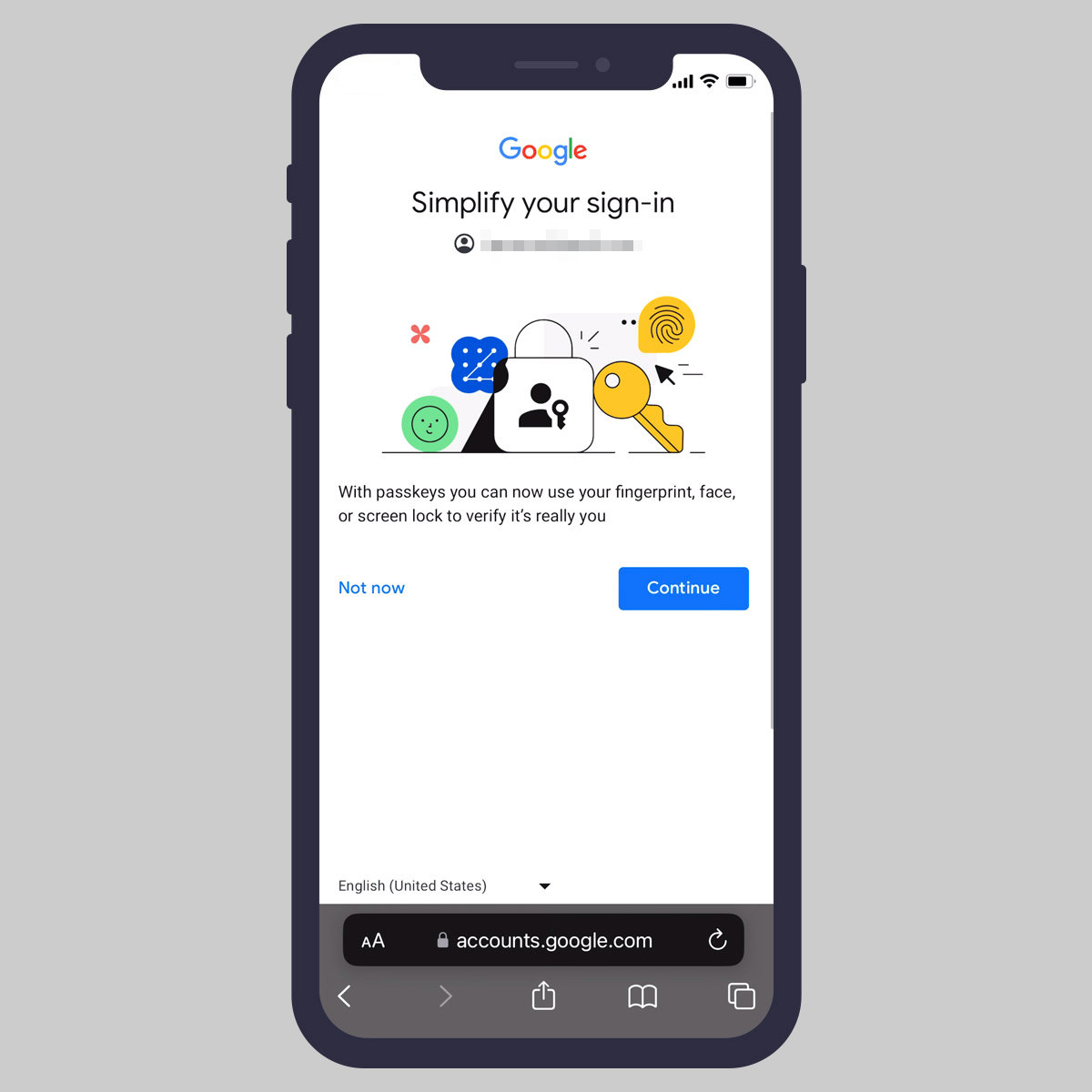How to Integrate Google Passkey for Your Google Accounts
Google recently announced that they will be introducing Google Passkey, a new security feature to replace the current built-in security key.
This will allow you to create a passkey, simplifying the process of signing in to your Google account. In this article, we will explore how to integrate Google Passkey with your Google account.

What is a Security Key?
Security keys are small physical devices that can be used to add an extra layer of security to your online accounts, and in this case, your Google account. They work by generating a unique code that is required in addition to your usual password when logging in to your account.
What the security key does is, you simply plug it into your computer or connect it via Bluetooth to your mobile device, and then enter your username and password as usual. The key then generates a unique code that is sent to the server and compared to the expected code. If the codes match, you are granted access to your account.
The security key is a great way to protect your online accounts from hackers and other malicious actors, as they are much harder to hack or replicate than passwords or other forms of authentication.
What is a Passkey?
Passkeys, on the other hand, serve as a convenient and safe substitute for passwords. By using a passkey, you can access your Google Account through your fingerprint, facial recognition, or the device’s screen lock, such as a PIN, depending on what your device supports.
These passkeys offer the most robust defense against risks such as phishing. After setting up a passkey, you can effortlessly log in to your Google Account.
What Does This Mean for Me?
Passkeys significantly simplify the process of signing in to your account. To provide some context, here is a comparison of the steps required to log in to your Google account using a security key, such as the YubiKey 5 NFC, and a Google Passkey.
Using a Security Key:
- Enter your username.
- Enter your password.
- Plug in the security key.
- Press the button on the security key.
- You are now signed in to your account.
Using a Passkey:
- Enter your username.
- Verify your identity using facial recognition or fingerprint authentication on your phone.
- You are now signed in to your account.
How to Set Up Google Passkeys
You can set up Google Passkeys either on a desktop browser or a mobile phone browser. The latter option is easier and more direct. This guide will demonstrate how to accomplish this task on both platforms.
Setting Up Google Passkeys on Desktop
- To begin, navigate to g.co/passkey and sign in using your Google account credentials.
- On the following page, you will see a list of your existing security keys, if any. To create a new passkey, click “Create a passkey” and then click “Continue.”
- This action will generate a passkey for google.com on your current device. Click “Continue” once more to proceed.
- Depending on the browser you are using, you may receive a prompt stating that the browser needs to verify your identity on google.com. Enter your device’s password and click “OK” to continue.
- When you see this screen, it indicates that the passkey has been set up.




You will also notice a new section called “PASSKEYS” added, displaying information about your device.

Setting Up Google Passkeys on Mobile Device
- Open a browser on your mobile device and sign in to your Google account.
- Once signed in, you will be prompted with a screen asking if you want to set up a passkey. Click “Continue” in your browser. If you are using an iOS device, ensure that “iCloud Keychain” is enabled. To enable it, go to Settings > iCloud > Passwords & Keychain, and turn it on.
- Next, tap “Continue” when prompted by your mobile device.
- Finally, click “Continue” once more, and your setup is complete.




Now what?
Once completed, you can effortlessly sign in to your Google account (Gmail or other services) on mobile devices. Simply enter your email address, and then verify your identity using either facial recognition or fingerprint authentication. There’s no need to enter a password or go through a second step of verification.